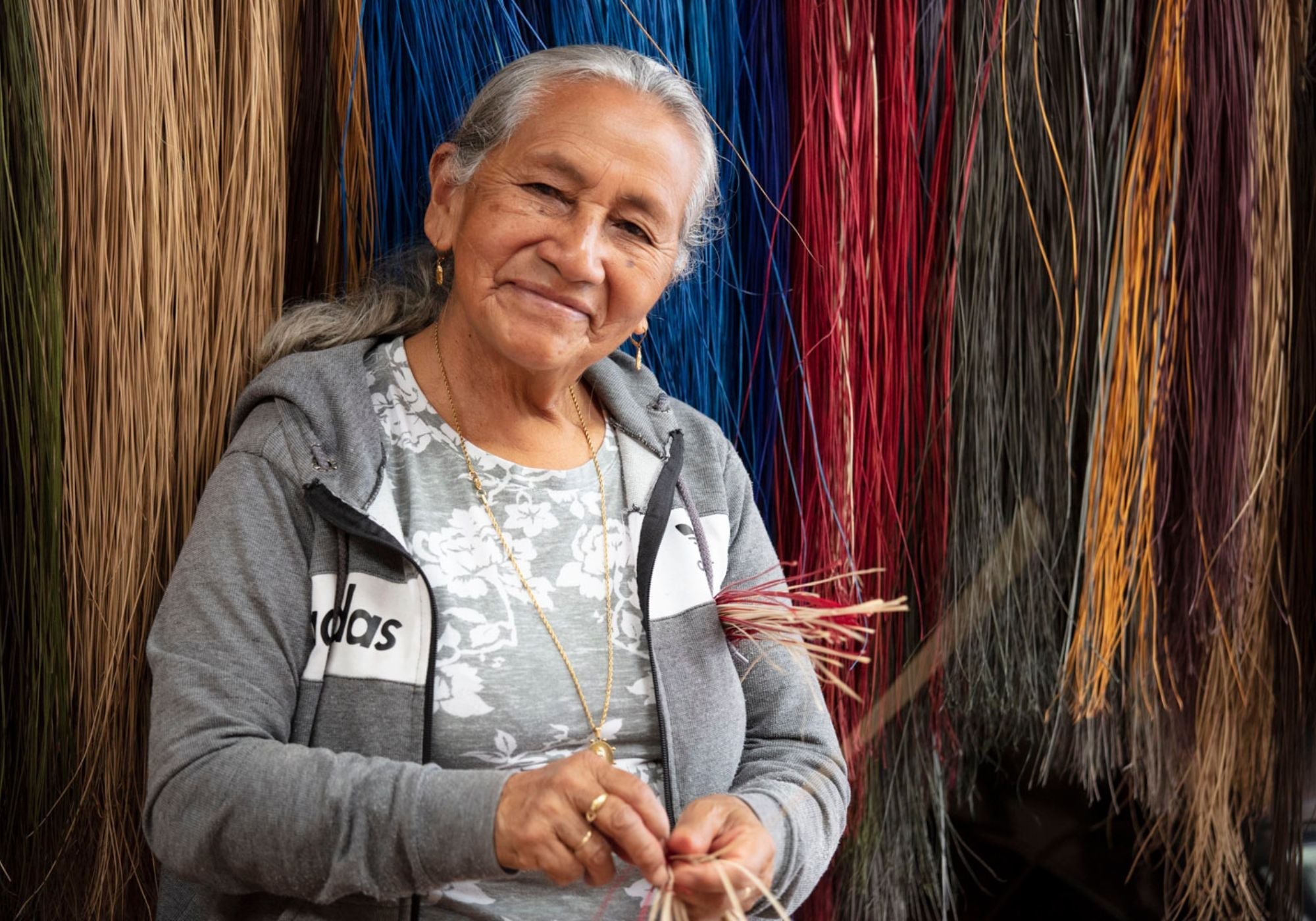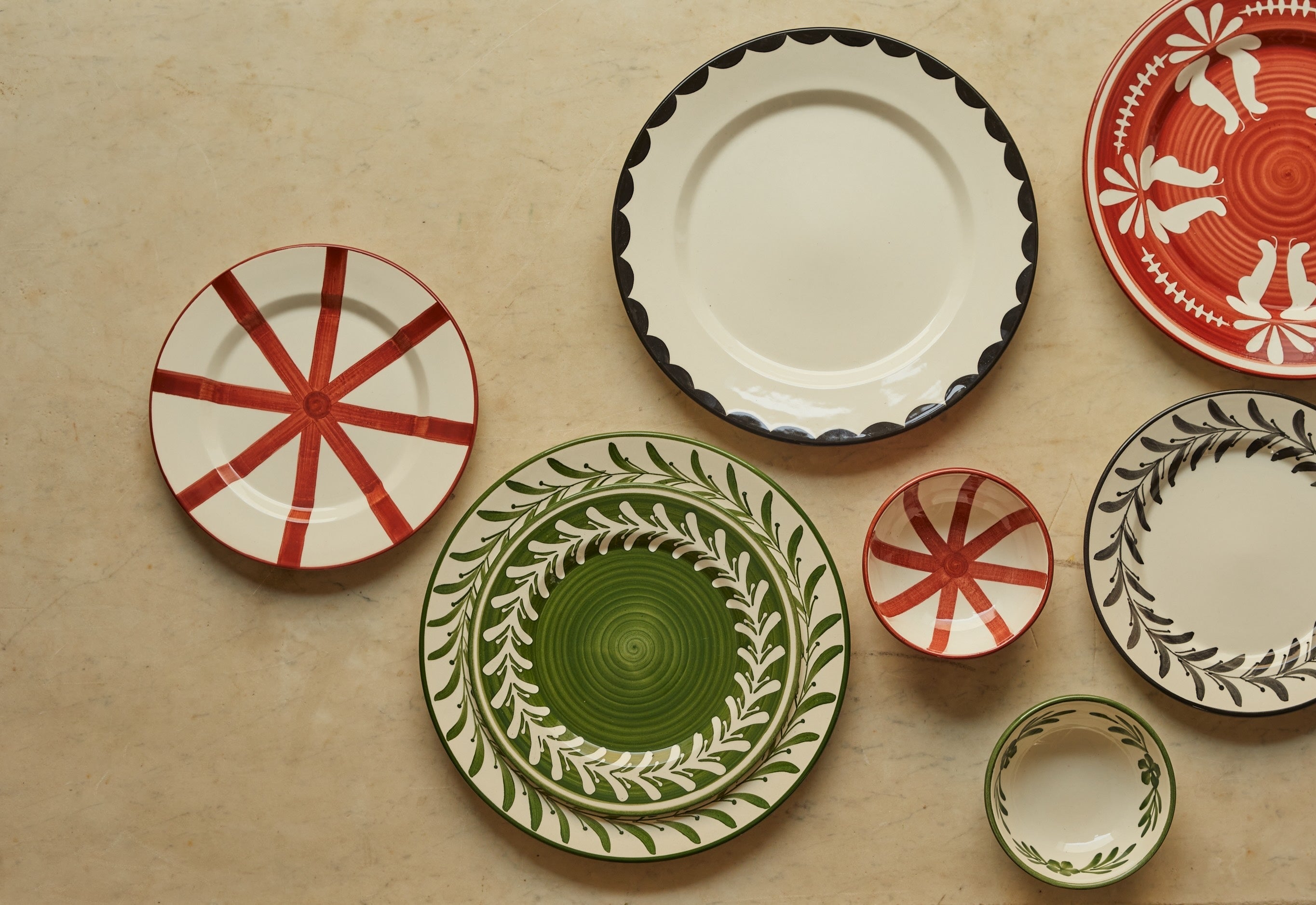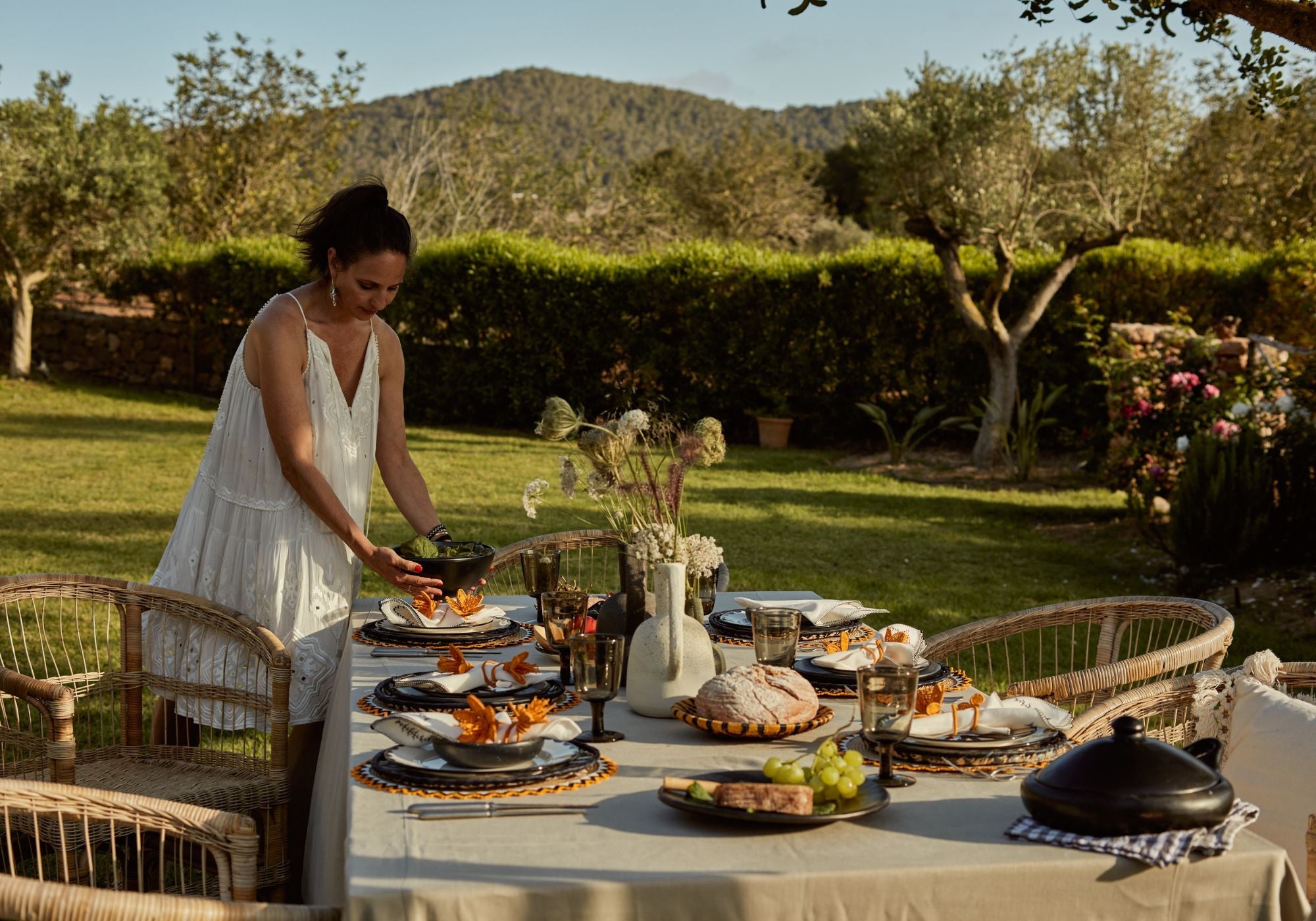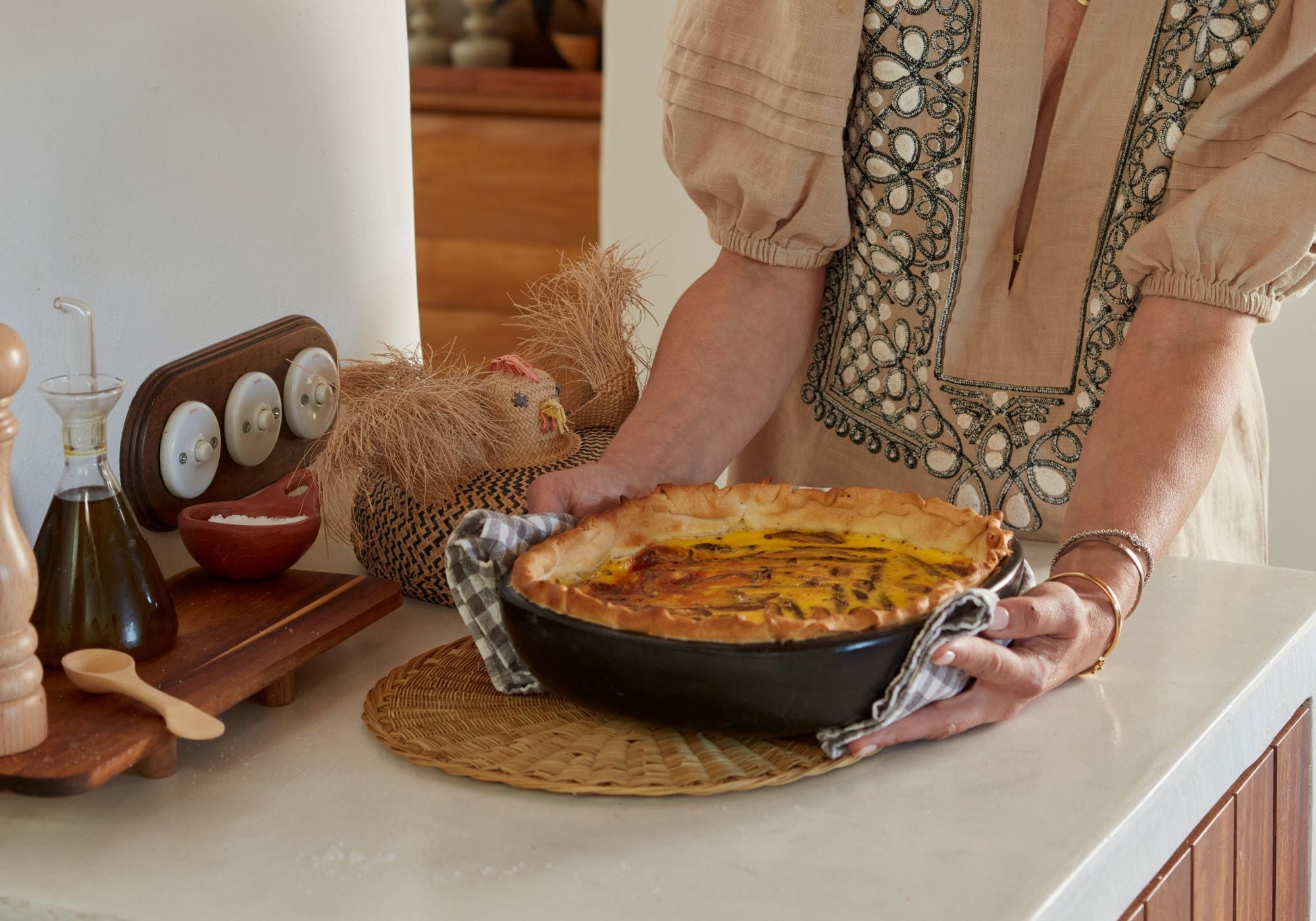
Our Visit to Sandoná and Linares: Supporting Iraca Artisans Amidst Changing Economies

Recently, we had the pleasure of visiting Sandoná and Linares, two towns in the Colombian department of Nariño, known for their rich cultural heritage and iraca palm production. The trip allowed us to immerse ourselves in the world of iraca artisans and the challenges they face in a shifting economic context.
The Iraca Weaving Community
In Sandoná, I had the opportunity to meet the local artisans we work with, who skilfully craft beautiful items from Iraca palm, also known as toquilla or jipijapa. One of the ateliers I visited collaborates with a cooperative of women weavers from across the municipality. Every Saturday, the women artisans travel to Sandoná to visit the workshop, from where they collect iraca palm fibres and models for their creations. They then return to their local communities to handcraft stunning Iraca pieces, which they later bring back to the workshop to be showcased and sold. We were moved by the communal and collaborative nature and dedication of these skilled artisans.

Protecting iraca weavers in the face of changing economies
We then visited Linares, a small municipality renowned for its iraca palm production. Here, we witnessed firsthand the cultivation and harvesting processes that sustain the local Iraca economy. Despite the beauty and significance of the iraca palm and its products, the community faces significant challenges.

For many years, local farmers in this region found themselves caught in the crossfire between guerrilla groups and paramilitaries. The armed conflict deeply affected their lives, disrupting their farming practices and exposing them to different forms of physical and economic violence. With traditional livelihoods facing turmoil, many turned to coca leaf cultivation as a more lucrative alternative. But this turned out to be a short-lived response, as coca leaf prices have now plummeted.
The collapse of the coca business has had a devastating impact on many regions in rural Colombia. The decline in coca leaf prices has left many farmers in debt and struggling economically. In Linares, some farmers continue to cultivate iraca and others have returned to iraca farming. Livelihoods are vulnerable, and the communities are continuously seeking new ways to make ends meet in this challenging environment.
CasaLatina is committed to supporting peace economies—initiatives that promote economic welfare, stability and peace by fostering sustainable development and community resilience. By supporting Iraca palm farming and weaving art with fair trade practices, CasaLatina aims to contribute to the stability and prosperity of these communities. Supporting these traditional Iraca Woven crafts not only helps sustain local economies but also fosters peace and development in regions affected by conflict and economic instability.
The Iraca Panama Hat - A brief History
Originating from Ecuador, Panama hats have been crafted from Iraca or toquilla palm leaves since pre-Columbian times in the Andean regions of Ecuador and in Nariño, Colombia. They gained international recognition during the Panama Canal construction in the early 20th century. Known for their lightweight, weatherproof and breathable qualities, Panama hats are celebrated for their elegant craftsmanship.
Sandoná hats, produced in Sandoná, Colombia, are a regional variation of Panama hats. While they are made from the same toquilla/ Iraca palm and share similar foundational materials and techniques, Sandoná hats have distinctive characteristics and cultural significance specific to their regional origins. These hats are protected by a Denomination of Origin Control (DOC), ensuring their authenticity and high quality. Sandoná hats are renowned for their unique designs and craftsmanship, reflecting the rich cultural heritage of the region.


Sandona and Linares - a story of resilience
Every corner of Sandoná and Linares reveals a story of resilience and cultural richness. Our visit was more than just a journey; it was an immersion into the efforts to invigorate traditional practices and support communities in transition. Exploring these regions provides a meaningful glimpse into the challenges and triumphs of local artisans, as well as the remarkable resilience of women working to sustain their heritage and livelihoods.
More Posts

Creating the perfect plate wall
Learn how to achieve a stylish plate wall decor that feels unique. Bring warmth, personality, and artisan craftsmanship into your home with CasaLatina.
Read more
Getting ready for summer hosting
Summer at CasaLatina is all about meaningful moments with loved ones. In this post, Sharon shares her top tips for effortless summer hosting — from prepping linens and tech checks to creating beaut...
Read more
Alice Water's Inspired Summer Qiche
A silky, custard-style quiche inspired by a memorable meal at Chez Panisse. Made with grilled asparagus, oyster mushrooms, and baked in a Chamba gratin dish
Read more